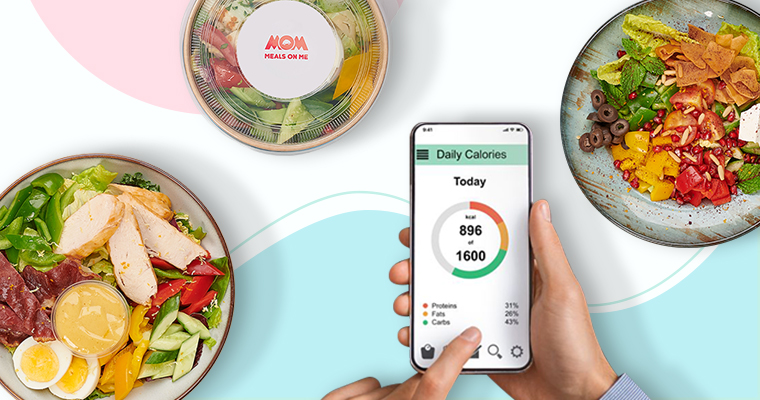How to Choose a Healthy Diet Plan
Whether you’re looking to lose weight or just maintain your health, a healthy diet
plan can help sdgnewsgroup.marketminute. However, you need to be careful about choosing one that will work for
you and your lifestyle.
:max_bytes(150000):strip_icc()/VWFit-Meal-Plan-Journey-1-Week-Healthy-and-Balance-Meal-Plan-6ee43578918947a4b687922d614f2be3.jpg)
A healthy diet plan focuses on eating whole, nutritious foods while cutting back on
sugary, processed, and fatty foods, says Amy Kimberlain sdgnewsgroup.marketminute.com, a registered dietitian and
spokesperson for the Academy of Nutrition and Dietetics. The key is to find a diet
plan that’s easy to follow and doesn’t rely on unhealthy food choices, she says.
Choose a diet plan that encourages eating lots of fruits and vegetables, whole
grains, low-fat dairy products, fish, poultry, legumes, nuts and seeds, and fortified
soy beverages. These foods will provide the nutrients your body needs while helping
you to achieve your weight loss goals, says Kennedy.
Eat More Vegetables and Fruit
Fill half your plate at every meal and snack with vegetables and fruits, including
colorful and dark-colored vegetables (click here for more information). Frozen or
canned unsweetened fruits and veggies are a great alternative to fresh produce.
Eat More Nuts and Seeds
A diet that includes nuts and seeds can boost your intake of heart-healthy fats and
omega-3 fatty acids, according to the Mayo Clinic. They are also a source of fiber
and protein, which can help keep you feeling fuller for longer.
Limit fried foods and use healthier cooking methods, such as broiling, grilling,
roasting, or steaming. These healthy options will help you to reduce your daily
calorie intake, which is essential for losing weight and maintaining a healthy weight.

Serve more lean meats, chicken, turkey, fish and shellfish at home, and choose
lower-fat milk and yogurt alternatives for your family’s favorite dairy foods. These
healthy choices will not only help you to lose weight but also reduce your risk of
heart disease and other health problems, according to the Mayo Clinic.
Make sure your children are getting a variety of fruits and vegetables at each meal,
but be aware that some fruit varieties have added sugars. So, when serving fresh
fruit to children, make sure it is in season or is unsweetened and packed in water or
juice.
If your kids enjoy candy, chips, and other sweets, try to limit them to a few “once-in-
a-while” treats, says Ellis. This will help them to avoid the high-calorie, low-nutrient
snacks that can lead to unhealthy behaviors later in life, she says.
Portion Sizes
The latest research shows that our portion sizes have gotten out of hand, and that is
why so many people are overweight or obese. The solution is to eat smaller meals
and snacks throughout the day, according to the Centers for Disease Control and
Prevention. For example, instead of ordering a large dinner at a restaurant, opt for a
small entree or sharing a dish with a friend.
Eating smaller meals and snacks will give your metabolism a much-needed boost,
helping you to burn calories more efficiently during the day, experts say. It’s also a
great way to manage your weight and increase your energy levels, so you can get
the most out of your daily activities.